Description
This unit of competency involves the skills and knowledge required to participate in rescue operations as a member of a rescue team; it underpins specialist rescue operations. This includes a wide range of rescue and environmental situations which may incorporate industrial, rural, bush and extreme environmental conditions.
Typically, personnel performing these roles have completed induction or recruitment training and are commencing work as a member of an operational team. They will work under supervision in a team but may be responsible for completing singular tasks relating to a rescue.
It is applicable to personnel from the emergency services, volunteer organisations and/or associated industries.
Pre-requisite Unit
The fire sector is those sections of government departments, statutory authorities or organisations that have responsibility under jurisdictional arrangements for the delivery of firefighting and fire management services.
It is essential that the prerequisite units listed below are obtained prior to the issuance of this unit to individuals within the fire sector or the units contributing to the attainment of a fire qualification.
- HLTAID011 Provide First Aid
A basic to moderate English language, literacy and numeracy skill level is required.
All participants are required to wear the following minimum PPE to enter our facilities:
- Fully enclosed shoes (steel-capped boots preferred)
- Long-sleeve shirt with high visibility
- Long work pants
Additional PPE may be required depending on the course requirements.
Competency Field
Search and Rescue
Duration
2 Days
Performance Evidence
Evidence required to demonstrate competence in this unit must be relevant to and satisfy all the requirements of the elements, performance criteria and range of conditions on at least one occasion and includes
- applying safe work practices in rescue operations
- applying Work, Health and Safety (WHS)/Organisational Health and Safety (OHS) requirements
- completing organisational documentation which can include incident reports, notebooks and logbooks
- concluding rescue operations
- contributing to a risk assessment at the scene
- following organisational policies and procedures
- identifying and monitoring hazards
- identifying, recording, preparing and extricating causalities
- identifying, selecting and using rescue equipment
- implementing hygiene precautions
- implementing risk mitigation processes
- implementing security procedures
- participating in and contributing to briefings and debriefings
- performing rescues
- preparing and responding to rescue
- preserving evidence at scene
- recognising types of hazards including situational and environmental hazards including adverse weather, insufficient light, difficult terrain, heights and still and moving bodies of water, damaged utilities and infrastructure including electricity, gas, water, rubble and debris, hazardous materials and atmospheres and mobile hazards including traffic and wild and domestic animals
- removing, cleaning and maintaining equipment
- reporting injuries and accidents to relevant personnel
- responding and reacting to instructions in a safe, correct and timely manner
- selecting and wearing personal protective clothing and equipment
- undertaking rescue scene assessment and monitoring
- using communication methods, techniques and terminology

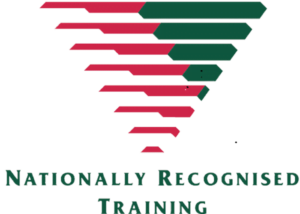
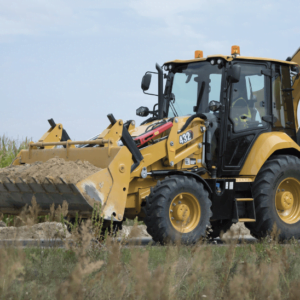
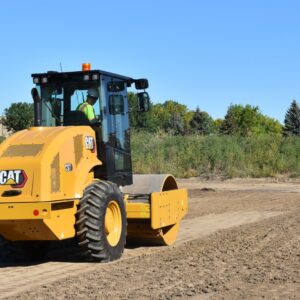
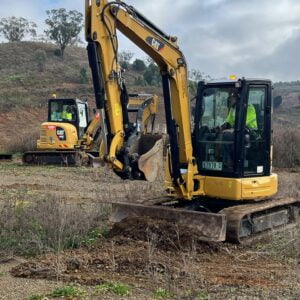
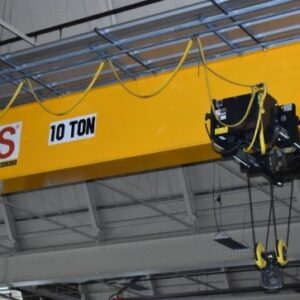
Reviews
There are no reviews yet.